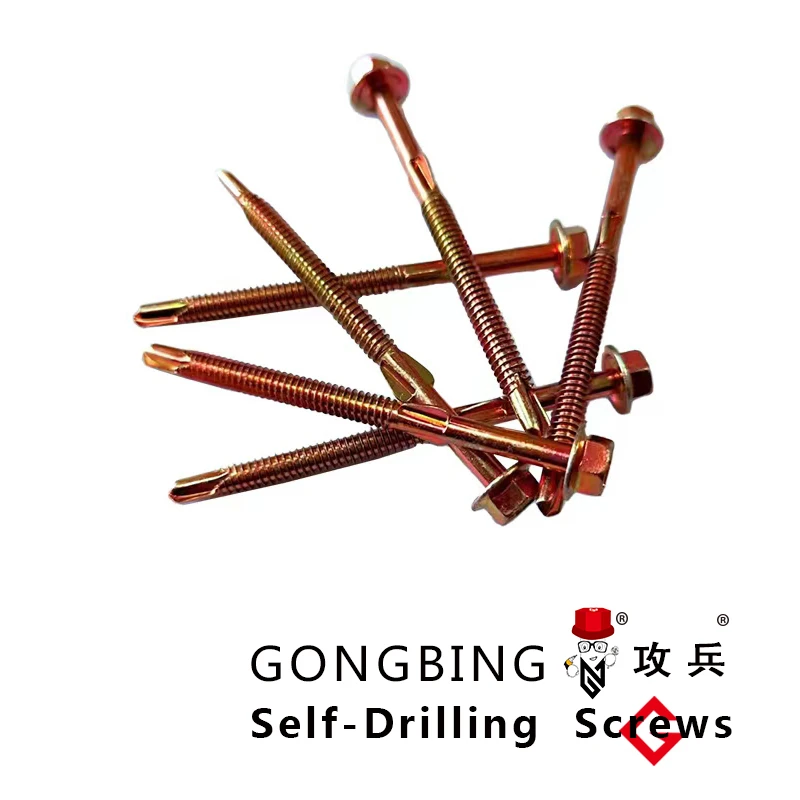design of foundation bolt
The Design of Foundation Bolts An Overview
Foundation bolts are crucial components used in construction and engineering projects, providing stability and anchorage for structures. These bolts are specifically designed to secure heavy machinery, structural elements, and various fixtures to concrete foundations, ensuring that they can withstand various forces, including tension, shear, and lateral loads. The design of foundation bolts encompasses physical properties, material selection, load considerations, and installation practices.
1. Understanding Foundation Bolts
Foundation bolts are typically embedded in concrete and serve as anchors for equipment, poles, towers, and other substantial structures. They come in various shapes, sizes, and configurations, depending on the specific application. Common types include L-shaped bolts, J-bolts, and straight bolts, each tailored for specific anchoring needs. The design specifics often include parameters such as thread type, length, diameter, and head configuration, all of which influence their performance under load.
2. Material Selection
The material chosen for foundation bolts is vital to their performance and durability. Common materials include carbon steel, stainless steel, and even high-strength alloy steels, depending on environmental conditions and load requirements. For example, stainless steel is often selected for its corrosion resistance in harsh environments, while carbon steel may be used for general purposes. Additionally, coatings such as galvanization can enhance corrosion resistance and longevity, making them suitable for outdoor and aggressive environments.
design of foundation bolt

When designing foundation bolts, engineers must carefully assess the loads that the bolts will need to withstand. These can include static loads, dynamic loads, and environmental forces such as wind or seismic activity. The design calculations often take into account factors like the weight of the equipment being anchored, operational stresses, potential impact loads, and safety factors. By considering these points, engineers can ensure that the chosen bolts will not only support the intended loads but also provide a margin of safety against unexpected conditions.
4. Design Codes and Standards
Various design codes and standards guide the design and installation of foundation bolts. Organizations such as the American Institute of Steel Construction (AISC) and the American Concrete Institute (ACI) provide guidelines that detail the requirements for materials, design calculations, and installation practices. These standards are crucial in ensuring the safety, reliability, and efficiency of foundation bolt applications, as they incorporate decades of research and engineering best practices.
5. Installation Practices
Proper installation of foundation bolts is essential to their performance. Bolts must be positioned accurately in the concrete to accommodate the specific requirements of the structure they will support. During installation, considerations such as alignment, depth of embedment, and the use of appropriate grout or adhesives are pivotal. Additionally, tensioning techniques may be employed to ensure that the bolts are tightened adequately, which can prevent loosening over time due to vibrations and other forces.
6. Conclusion
The design of foundation bolts is a critical aspect of structural engineering, impacting the overall safety and functionality of various projects. By understanding the key components involved in the design process—such as load considerations, material selection, adherence to standards, and proper installation—engineers can create robust anchoring solutions that support a wide range of structures. Ongoing advancements in materials and design practices continue to enhance the effectiveness and reliability of foundation bolts, underscoring their importance in modern construction. As the industry evolves, so too will the designs and applications of foundation bolts, ensuring their vital role in the stability of future structures.
-
Weatherproof Plastic Expansion Anchors for OutdoorNewsJun.06,2025
-
Sustainability in the Supply Chain: Eco-Friendly TEK Screws ProductionNewsJun.06,2025
-
Load-Bearing Capacity of External Insulation FixingsNewsJun.06,2025
-
Double Head Bolts: Enhancing Efficiency in Industrial MachineryNewsJun.06,2025
-
Corrosion Resistance in Chipboard Screws: Coatings for Wholesale DurabilityNewsJun.06,2025
-
Butterfly Toggle Bolts : Enhancing Structural ResilienceNewsJun.06,2025
